A Letter from the CEO and Board Chair

Mark and Wouter look back on a year of growth and heightened expectations.
In many ways, this year has been a seamless continuation from the last few. We’ve continued to make information available to the people who need it, where they need it. We’ve also continued to expand the notion of who our customers are by engaging with healthcare-adjacent, community-based organizations to address referrals and social assistance beyond the scope of primary care providers and hospitals.
Looking back, we accomplished big things in 2023. We’ve advanced the role of our patient record snapshot significantly, connected to New York state’s prescription monitoring program and seen the number of connected organizations and electronic health records systems continue to climb upward. We know we’re hitting the mark for what our customers need and we’re continuing to move forward.
In 2023, Hixny use increased by over 15% compared to 2022—with our SMART on FHIR application seeing increased utilization by 55%.
Our partnerships and collaborations are growing in scale, too:
- Healthy Alliance is working with Hixny to gather the data needed to support the state’s 1115 waiver. Together, we launched a point-of-care social assessment tool within the snapshot app, further advancing the solutions the waiver anticipates, while breaking down barriers between clinical and social sources of assistance.
- Adirondack Accountable Care Organization (ACO) is helping Hixny with our ongoing integration and refinement of clinical and claims data. This makes us the only qualified entity (QE) in the state doing this at scale, let alone in a multipayer environment.
- Healthix has expanded its relationship with Hixny through the launch of an integrated patient portal. This example of how to increase efficiency and reduce redundancy across regions comes at a critical time, as New York State seeks to establish more cost-effective and seamless services for the good of the community.
- Centers for Medicare & Medicaid Services (CMS), through Deloitte, have chosen to work with Hixny to support the federal government’s critically important Primary Care First program.
All of this work reflects our ongoing dedication to deliver the information that our healthcare community needs to be sure that patients have what they need. And it’s working. For evidence, just see Hixny’s continued data aggregator validation recertification year after year by the NCQA.
As we prepare for Wouter’s retirement and the conclusion of his time as Hixny’s board chair, we can’t help but look back further than the past year. Together, we’ve seen Hixny transform from an exchange to something far bigger—and we’re confident this evolution will continue.


Vice President, Population Health & Information Services
University of Vermont Health Network—Champlain Valley Physicians Hospital


There’s No Monopoly on Good Ideas
This essay originally appeared on The CEO Blog. It’s shared here with reflections on the process of developing our integrated patient portal with Healthix.
Recently, Hixny’s work was highlighted in an EHR Intelligence article, “How a Patient Record ‘Snapshot’ is Driving HIE Data Access.” Reading the story reminded me about something so core to our identity that we often forget to talk about it: Hixny is grounded in the understanding that the best ideas always arise through collaboration.
About 25 years ago, the Health Plan Association of New York and the Iroquois Healthcare Association came together to share information within newly enacted HIPAA regulations. Despite having two very different viewpoints, they turned their attention to the shared problem and let the best ideas surface, benefiting both health plans and hospitals. The effort coalesced into a nascent Hixny. We’ve been a collaboration for our entire existence.
Even now, we look to everyone in our organization and our community for ideas—whether through hackathons or focus groups, board meetings or conversations with public health officials. We do this because we recognize that sitting in our specific position only provides us one experience and one perspective on the fields of healthcare and information technology. We can’t assume we know everything unless we practice the skills of collaboration to understand the rest of the perspectives on a specific issue, need or concern.
As an organization, we foster strong listening, problem-solving and leadership skills, as well as adaptability, to help the best ideas materialize. Why? Collaboration builds trust. People want to know they’ve been heard, and that their ideas and thoughts have contributed to the solution.
Our account managers bring back ideas from our customers to make our process better, at the same time they’re sharing knowledge that we’ve gained from other participants. We find synergy and sources of creativity when we bring together hospitals and organizations facing common challenges that we may not have recognized without talking to them.
I am not here to say collaboration is easy. It’s not. Differences in opinion and perspective often lead to disagreement and impasse. Goals can feel unachievable, and progress can feel halted. It’s these moments when collaboration is most critical, when listening and understanding become invaluable to finding the path forward. Collaboration is about finding the common ground, no matter how difficult that may be.
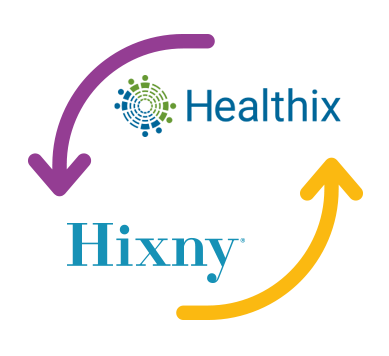
- In 2022, they launched our patient record snapshot application to their participants, giving over half of New York State’s providers the same view of patient records.
- In 2023, we partnered to make Hixny’s patient portal also available to healthcare consumers in their region, rebranding it under the name My Health Record NY.
When we understand situations and needs, we also have greater empathy for our participants—and that helps us learn more and come to better solutions. The dramatic uptake in Hixny use following the implementation of our patient record snapshot app is an example of how constant collaboration is a catalyst for innovation and growth.
Here’s the point: Healthcare is changing rapidly, and we need to work together to see those changes and respond effectively and efficiently. Hixny doesn’t collaborate just to say we’re collaborating. We collaborate to make sure we’re not making decisions based on a data point of one. Our perspective may be valuable and relevant, but it’s not replicable. We knew SMART on FHIR could make our app accessible—but our focus groups refined our ideas and dispelled myths, and the snapshot is the better for it.
We recently put out a call for anyone who might join a focus group. We got a great response, with people offering to give us some of their valuable time to make our service better. That’s a practice that’s lost in much of the industry. It can get to the point where it feels like there’s no path to consensus, where it seems as though everyone’s dug in around a left-hand button or a right-hand button. Leadership, creativity and problem-solving are needed to identify that perhaps a button isn’t the solution at all.
Hixny will continue to provide collaborative leadership across our healthcare community to surface the best ideas for all of us.
Hixny Use Continues to Grow as it Introduces New Features
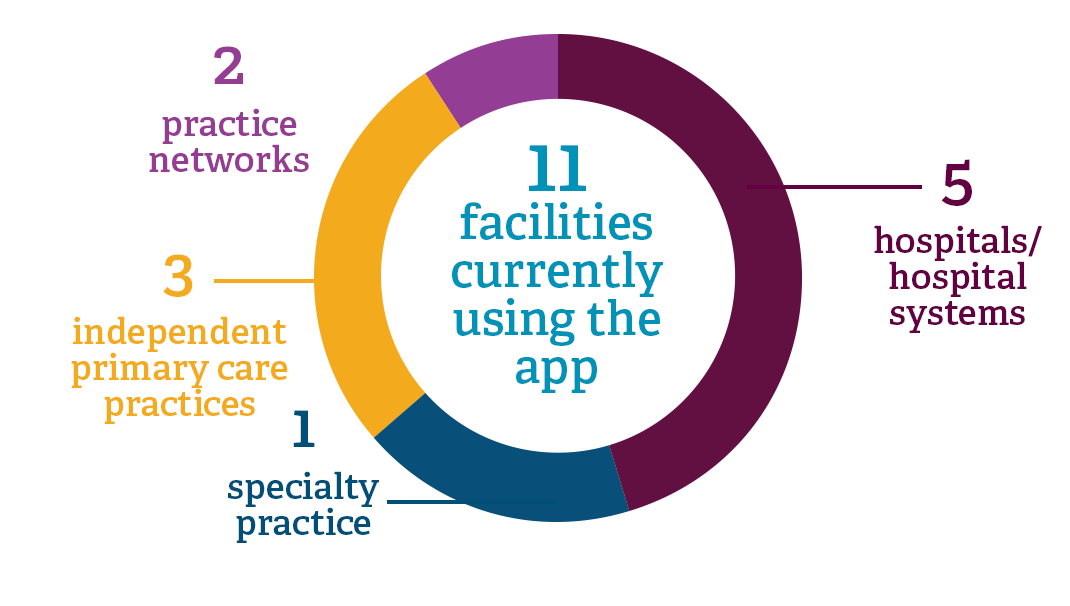
(since app launched in May 2021 through November 2023)
The Accountable Health Communities Health-Related Social Needs Screening tool (AHC HRSN) was launched in May, giving providers the choice to email or text the questionnaire to patients in advance of their appointment, or complete it together in person. Since introduced, the assessment has been used 776 times.
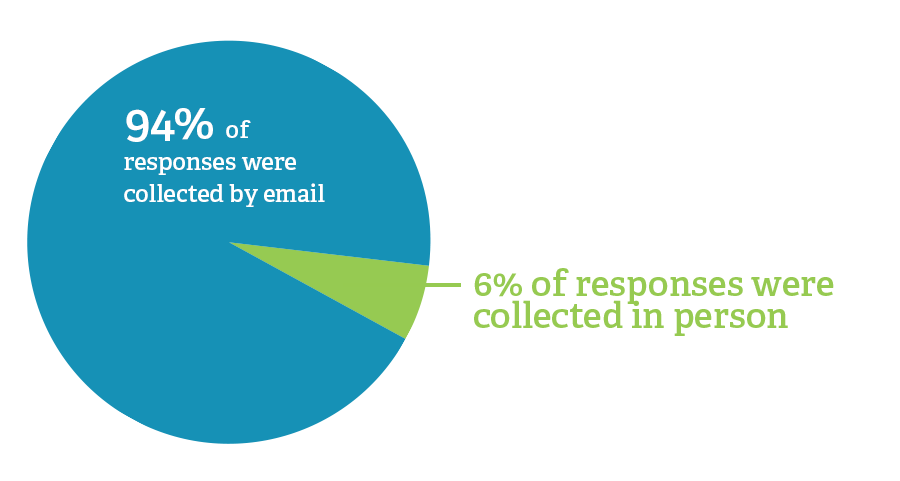
In collaboration with the NYS Bureau of Narcotic Enforcement (BNE) and Department of Health (DOH), Hixny made the NYS Prescription Monitoring Program Query Tool (PMP Query) available directly within Hixny’s patient record snapshot in September.
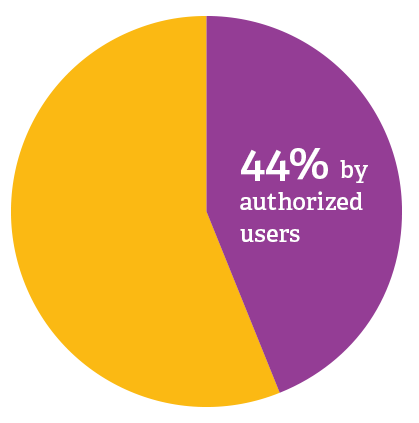
From September 12 through Dec 31, the tool was accessed 647 times. Forty-four percent of those were by authorized users with existing validated credentials through the state.
(based on average monthly numbers, as of Dec 31, 2023)

From the Front Lines
Does Hixny come to mind when you think of first responders? It does for one local EMS team who saw the power of information available and jumped onboard.
“Everyone associates EMS with medical calls but really, many more calls than you’d think are from people who have social issues, like no food in the house, or mental health concerns like anxiety,” says Mark Freiberger, deputy director of Clifton Park & Halfmoon EMS.
Before introducing Hixny into their workflow, Freiberger and his team would report social needs to the county and hope the caller would receive assistance. Now, with Hixny’s social referral tool at their fingertips, the core team of EMS directors can make referrals themselves when crews request them—or when repeat calls to the same address indicate more attention is needed.


Both Freiberger and Spoth anticipate the day they’ll be able to verify whether a referral led to their callers receiving the help they need. “It would be good to know who the system works for and who it doesn’t, and whether an abrupt drop-off in calls from a frequent caller indicates they’ve gotten help as a result of the referral,” says Freiberger. In the meantime, anecdotal feedback is strong.
Freiberger recounts one case from earlier this year when a caller reached out to their dispatch 33 times—16 of those calls in a short time period. The crew learned the caller had been diagnosed with anxiety and, although the caller’s PCP had prescribed medication, they were having trouble getting to the pharmacy and getting Medicaid to pay for the prescriptions.
“We made referrals for mental health and social services using Hixny to get the patient the assistance they needed. And the number of times they’ve called us has decreased dramatically,” Freiberger explains.
In another case this year, an elderly person was calling three to four times a day over an extended period. Their spouse was falling frequently because of diagnosed Alzheimer’s disease, but they weren’t necessarily injured. Freiberger explains. “The crews responding noticed the spouse’s condition was deteriorating quickly and that they were sometimes belligerent—so the reality was the caller was sometimes in more danger of injury than the patient was.”
By making a social service referral for help finding a home health aide and then an assisted living placement, the EMS team set the stage to help the caller get the care they and their spouse needed to remain safe. Says Freiberger, “The most recent fall required a hospital visit. Because we had documented all of the interactions and referrals in Hixny, it alerted hospital staff that the patient couldn’t be sent home safely—so they were held in the hospital until a placement was available.”
Insurer reimbursement for EMS care is very slim, reports Sue Syzdek, Clifton Park & Halfmoon EMS Executive Director. Yet those in the industry see the criteria for hospital reimbursements and primary care is shifting to include an expectation to address social determinants of health.
“EMS is next, and we need to position our agency to respond,” Syzdek says. “As Rick mentioned, we’re looking to start a community paramedicine program, which helps provide whole-patient treatment. The quicker the crews get accustomed to this way of thinking—and the social referral tool is helping them do that—the stronger our program will be when the law comes down allowing us to operate this way.”
How Data Quality Helps Boost HEDIS Scores
Hixny’s participation in the NCQA Data Aggregator Validation process, now in its fourth year, showed one payer how access to reliable data at scale improved their reporting of quality measures.
For Capital District Physicians’ Health Plan, Inc. (CDPHP®), HEDIS reporting has always been an area of focus. The health plan’s longstanding, proactive approach to gathering data from patient records is well-known among participating providers. And although plan analysts expected to gain efficiency by using Hixny’s NCQA-validated data, they were shocked to find they gained accuracy and improved their capture of provider performance against critical HEDIS quality measures, too.
“I’m coming up on 10 years at CDPHP, and every year we’ve been looking at more than 30 supplemental data sources for HEDIS reporting,” says Suzanne Beck, CDPHP principal quality health care analyst. “We’ve been taking on one provider installation at a time, as finding time for physician offices to focus on something other than providing clinical care is difficult, nor is it always easy to understand the data we are looking for. It’s a heavy process burden on CDPHP and on providers. And it’s not scalable.”
The benefit of the NCQA Data Aggregator Validation (DAV) program to CDPHP is that the quality of the data is checked on the input side, so the health plan can be confident in the data it is extracting for reporting purposes.

Beck and her colleagues never expected that pre-validated data at scale would significantly shift the CDPHP understanding of provider effectiveness and the quality of patient care its members receive. Yet that’s exactly what happened during the 2023 HEDIS reporting season.

“We were already achieving high results because closing gaps is a priority for CDPHP. But when we saw the data, some things really stood out,” she explains.
- 7% more short-term follow-ups for newly initiated care were reported, from a baseline of 40%
- 4% more flu vaccines showed through Hixny than were previously known from pharmacy claims—and reported childhood immunizations increased, too
- 12% more patients were reported as having controlled high blood pressure—which rose to 14% more among patients who also had diabetes
- Among cancer screening reports:
- Breast cancer screening rose 19% with 125 exclusions identified
- Colon cancer screening rose 12% with 682 exclusions identified
- Cervical cancer screening rose 3% with 375 exclusions identified
“The exclusions are perhaps even more important than the reports of screening,” Beck points out. “If we know someone has a condition that excludes them from screening, it helps ensure the accuracy of the data and reduces excess provider work. It also really helps us avoid member abrasion by preventing inappropriate conversations—like asking someone who has had a preventive mastectomy why they haven’t had a mammogram this year.”
Where CDPHP doesn’t see data through Hixny, Beck’s team reaches out to provider groups individually or works with Hixny to encourage the groups to provide their data and to participate in the NCQA DAV process.
“We’re working on a dashboard that will let us look at what provider groups are making their data available through Hixny,” Beck says. “Where there is good coverage at the PCP or specialty level through Hixny, we don’t need to work with them to set up a separate process. We can get the data through Hixny with a fraction of the effort it took to retrieve data directly.”
Payers who have not had robust IT support or who have been less proactive than CDPHP about gathering information from supplemental sources could realize impact rates even higher than those that CDPHP reports, Beck estimates.
“We see a lot of proprietary codes in data sets,” Beck begins, as she reflects on the next steps in the CDPHP use of Hixny for HEDIS reporting. “We’re starting to map those codes to HEDIS-acceptable codes to reflect specific tests and such.”
The health plan is also working to educate patients about the benefits of consenting to their providers sharing information through Hixny. At the same time, Beck and her team are helping providers to recognize Hixny fills in the blanks in reporting that inevitably appear when clinical and claims data aren’t aligned.
“New York State has been very aggressive in asking us to capture depression screenings and social determinants of health, and Hixny is able to help there, too,” Beck explains. “Any area where we can’t use claims data alone is a focus for us going forward.”
Hixny Predicts the Future
Working with our partners at Ellenville Regional Hospital and their rural health network in the Hudson Valley, Hixny plans to help providers fight the opioid crisis—one risk factor at a time.
Ellenville Regional Hospital (ERH) has a successful track record of accomplishment and is viewed as a leader not just in patient care, but in healthcare policy. One example is the Delivery System Reform Incentive Payment (DSRIP) program, a six-year initiative launched by New York State in 2014. One of the overarching goals of the program was for healthcare providers to reduce avoidable hospital use by 25 percent. When DSRIP—also intended to improve the integration of physical and behavioral health services—reached its conclusion in 2020, Ellenville was the top-performing program partner in the state.
Providers and analysts at the hospital not only applied their passion to gathering the required data, but uncovered behavioral struggles and substance use concerns in their own backyard, before COVID-19 forced the healthcare industry to acknowledge that social needs greatly impact physical health.
It’s this innovative approach to healthcare that leads Steven Kelley, President & CEO of ERH, and his team to look to the future of integrated social support and the traditional medical treatment model with unbounded anticipation.
Currently, providers at ERH are piloting the social determinants of health (SDoH) assessment tool embedded in Hixny’s patient record snapshot. Now widely accepted as fact is the assertion that SDoH can negatively affect a person’s health, well-being and quality of life. Being able to identify these factors with Hixny’s SDoH assessment tool during the course of routine healthcare delivery creates a whole-person approach to care. And while many in New York anticipate that the Medicaid 1115 Waiver Amendment will initiate action in this space, ERH and Hixny are on the cutting edge, making it happen already.
“I really want to thank the product development team at Hixny for bringing us the social assessment tool,” says COO Ashima Butler, a 17-year ERH veteran analyst and powerhouse solutions facilitator. “CMS requires the screening of social needs in five specific domains. With approximately 40,000 outpatient encounters each year, we assumed we would have to embed care navigators at every point of entry in Ellenville’s outpatient network [to collect SDoH information], stretching our already thin resources.”
Instead, she explains, Hixny’s assessment tool can be pared down to collect CMS-required information and launched from the Hixny snapshot available in ERH’s Athena electronic medical records (EMR) system. Patients can even choose to receive the assessment by email or text before their appointment and complete it on their own.
Butler continues, “We’re also working with Hixny to understand the best way to deliver reports back to us about the data gathered from these assessments, so we can target areas of concern and deploy resources to address the needs. This takes so much pressure off us—knowing we will be able to deliver on CMS requirements and address our patients’ needs, without a heavy lift.”
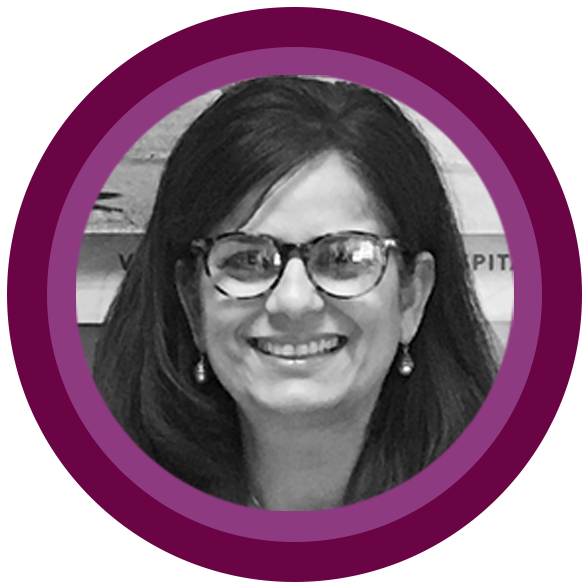
It’s not the first time ERH has teamed up with Hixny to bring a more nuanced perspective to whole-patient care. Over the last two years, Kelley and Butler—along with other ERH staff and project partners—have collaborated with Hixny product developers to parlay the team’s understanding of the opioid crisis into an algorithmic model that predicts when people are most at risk of overdose and death.
ERH discovered the opioid crisis by accident before it became commonly known. “Our analysis of emergency department visits during the DSRIP program found that many of the chronic pain patients we saw regularly were being treated with opioids. That made us realize we were part of the problem,” Kelley recalls. “There is a fine line between treating pain and enabling addiction.”
Using artificial intelligence (AI), Hixny has developed an algorithm to predict a patient’s risk of fatal drug overdose in the coming six months. The machine learning being applied handles high-dimensional data and performs well on small datasets. In fact, the current model accurately predicts the likelihood a patient will experience a fatal overdose in 80 percent of cases.
By leveraging robust clinical data that’s available in health information exchanges (HIEs), like Hixny, the ability for healthcare providers and public health officials to use limited resources to target the most vulnerable at-risk patients improves. More data points are required for AI modeling to accurately predict fatal overdoses consistently. In 2024, Hixny will work to refine those data sets to improve output from the AI tool.

Hixny’s goal for the tool is two-fold. First, Hixny wants to continue its work with ERH to refine the algorithm and ensure it is consistently performing at a higher success rate. Once achieved, Hixny will begin releasing results to providers in neighboring counties—such as Sullivan, Orange and Dutchess— before eventually making it available across New York State.
ERH’s willingness to explore both the SDoH assessment and the development of the overdose risk prediction tool with Hixny speak to the group’s reputation for, as Kelley says, “Doing things that were thought impossible.” For example, for the last 16 years, ERH’s emergency department has maintained an average turnaround time of 110 minutes per patient visit from door to discharge. This is less than half the national average.
The fresh approaches reach far beyond the hospital. “We hatched an idea for a whole-person population health program that could bring services to a rural community,” Kelley explains. “Often, population health is about giving less care and keeping costs low. But we’ve identified four pillars, that if we can help address, will change health outcomes for people in our communities.”
The pillars, he points out, are “diet, exercise, risk reduction and sources of insecurity (SDoH).”
“About 25 percent of the New York State population is on Medicaid, signifying that the root of all these insecurities is economic insecurity,” Kelley says. “Our vision is to develop a coaching system that encourages and aids people in completing educational programs that could change their economic profile—for themselves and future generations. Imagine helping people through true transformation.”
“The backbone of our accomplishment is our team’s execution,” Butler sums up. “We can run with our ideas with the support of leadership. It speaks to why our collaboration with Hixny has been so successful.”
2024: What’s Ahead for Our 25th Year?
As Hixny enters its first significant anniversary year, we find ourselves at the edge of a frontier no one really expected HIEs to reach.
Twenty-five years is a long time. Not many health information exchanges in the country have been around this long. There were a number of individuals and organizations that never envisioned Hixny making it this far—and then there were others who thought it would only take five years to do everything we’ve done in the last quarter century.
The best part is that we were not an overnight success. While we’re achieving great things now, it’s taken a long time to build collaboration and trust that are the foundational elements of our success.
As we enter our 25th year, we still have the state’s CMS 1115 waiver in our sights. The work we’ve done with our collaborators, some of it described in this report, has positioned us well to support the needs of our users as that regulation takes shape.
Our broader focus continues to be on creating new value for our users. The world is changing rapidly around us. Gaining access to data is becoming easier and easier, so interoperability is becoming realized. The next frontier is one we’ve already begun to explore: it’s not about access to data, but about what users can do with that data, and how we can convert that into information that matters.
Many organizations are pursuing the same goals, but they are doing so based only on their own perceptions of what may be useful. Hixny is partnering with our users, local governments, nonprofit agencies and other sectors of our community to create insights that address pressing issues such as public health, substance abuse risks and mental health access.
The reality is, after 25 years, we’re at the forefront of our industry. We want to impact care and make it better. We want to expand what information can do to improve quality and satisfaction—and reduce costs. The reality is that lots of others, both HIEs and beyond, can move the data. Our goals are bigger.
Hixny Board of Directors
2023
Members represent stakeholder groups in the community, including hospitals, physician practices, health plans, consumers, public health and employers. We are thankful to each member for their commitment to our mission of delivering critical health information that improves quality of care and reduces cost.

University of Vermont
Champlain Valley Physicians Hospital
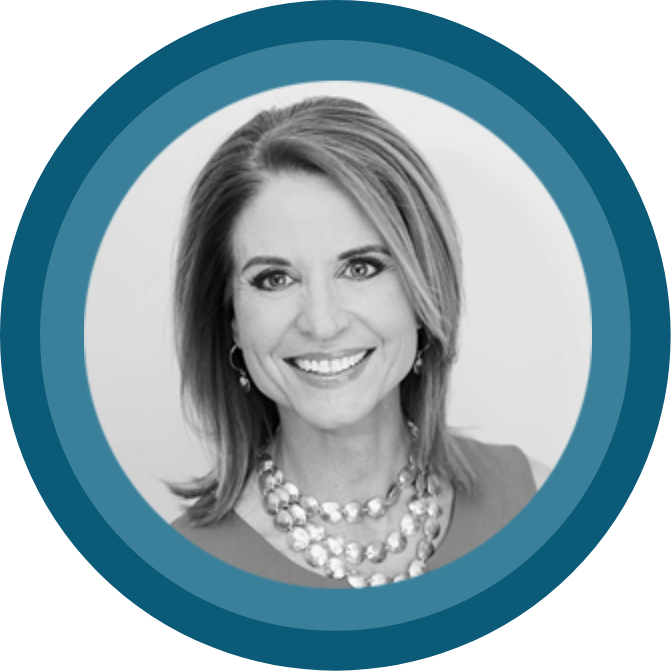

CDPHP
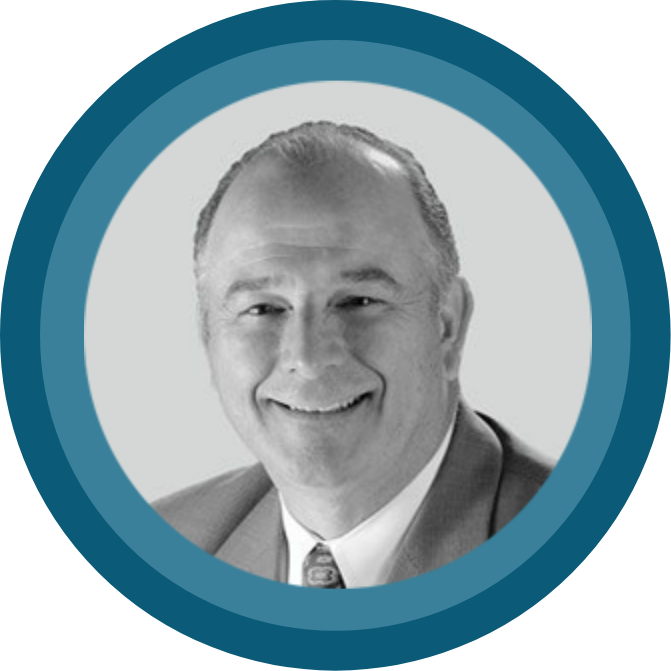
Whitney M. Young, Jr. Health Centers
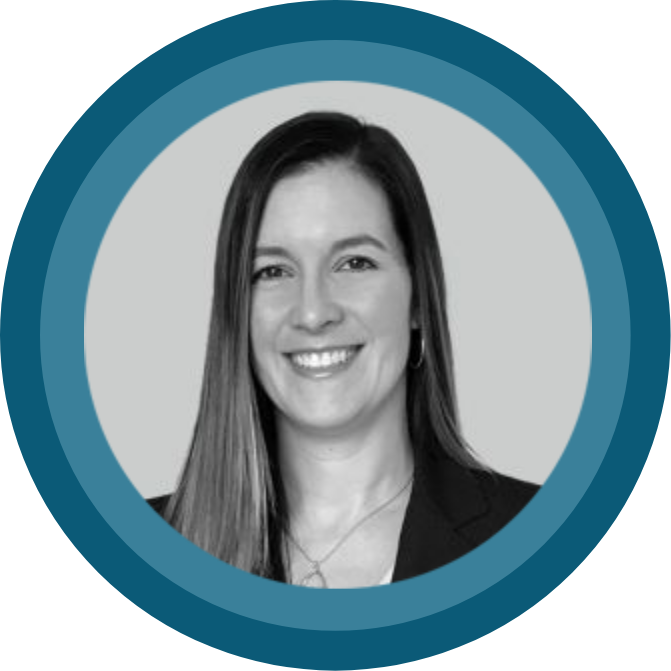
Hometown Health Centers

Highmark Western and Northeastern NY

Bassett Health Care Network

Albany Medical Center
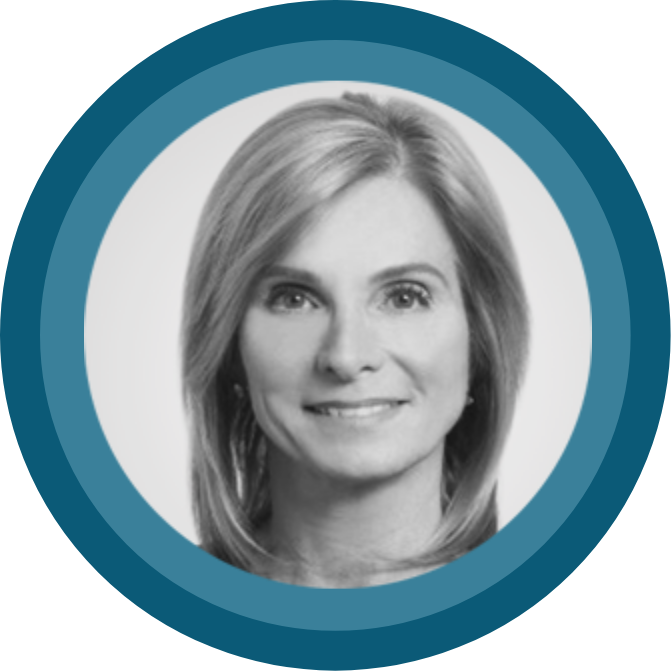
Fusco Personnel, Inc.

Hudson Headwaters Health Network
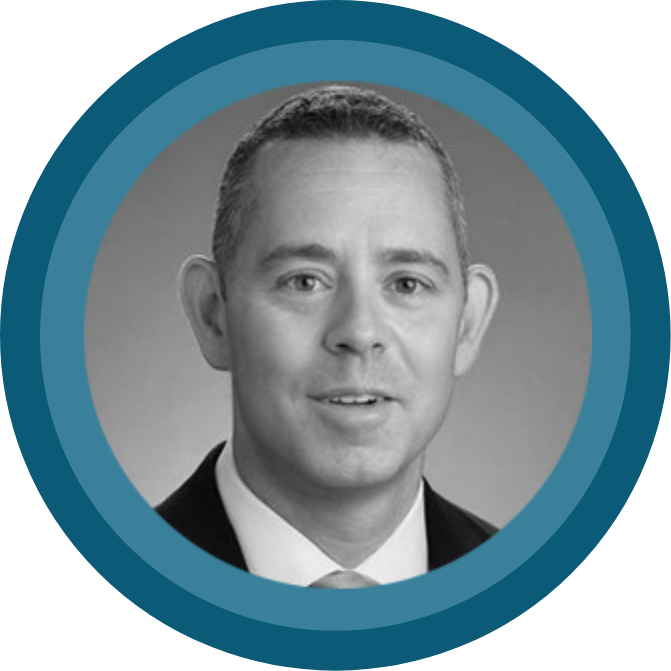
New York Health Plan Association
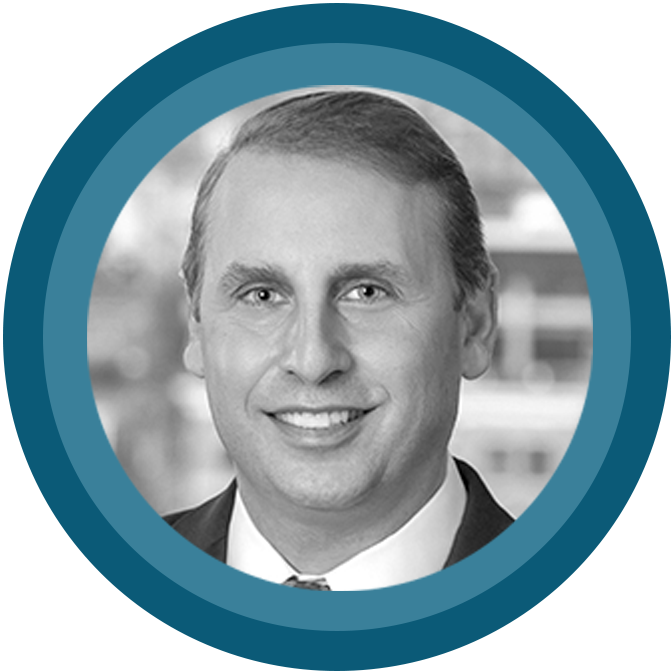
MVP Health Care
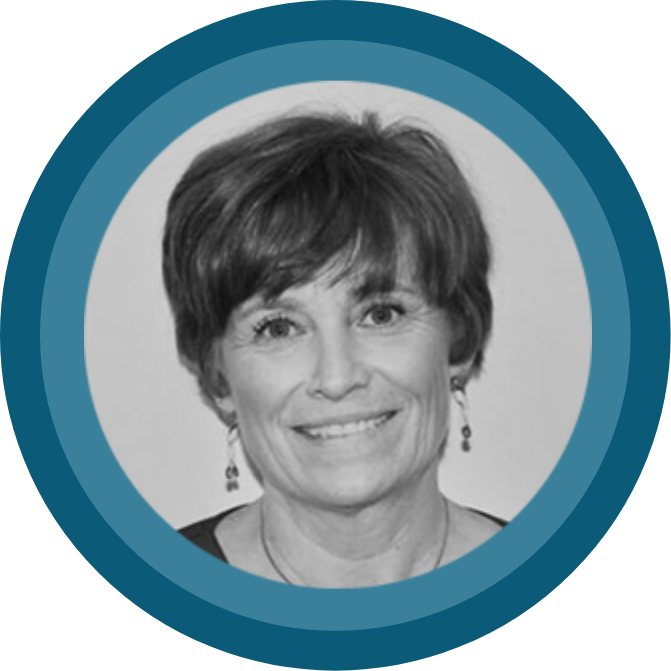
St. Paul’s Center

MVP Health Care

Albany County Department of Health

Trustee Emeritus


